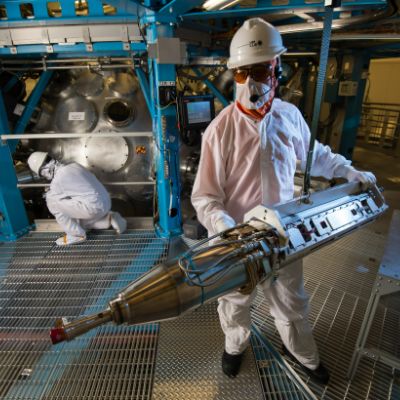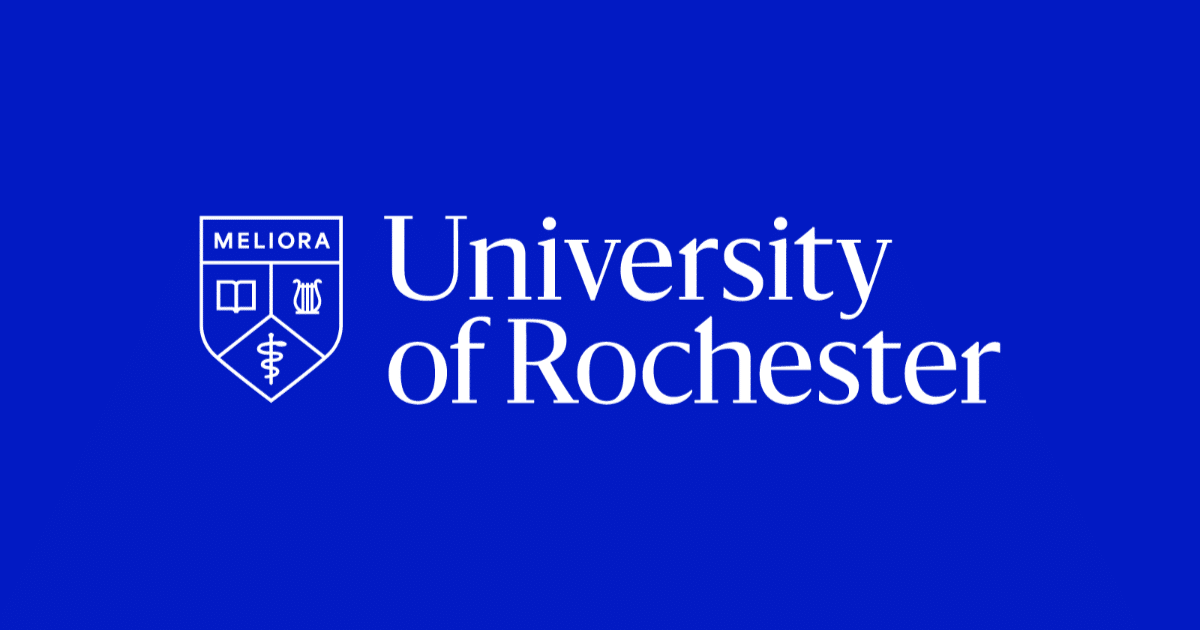Laser-focused on laser leadership
Lasers were invented in 1960. The Laboratory for Laser Energetics (LLE) at the University of Rochester was established in 1970.
Jumping on the then-burgeoning study of lasers—and being home to the Institute of Optics, the first program of its kind in the country—helped the LLE become the largest and best-funded university-based US Department of Energy program in the nation and home to the largest and most power laser systems found at any academic institution in the world.
Developing new laser technologies at Rochester
Our well-established bona fides as a world leader in light, optics, imaging, vision, quantum science and engineering, and high-energy-density sciences contributed to National Science Foundation (NSF) awarding Rochester a $1 million Regional Innovation Engines grant to develop the next generation of lasers.
The NSF grant supports Science, Technology, and Engineering for Laser and Laser Applications Research (STELLAR), an initiative that will be led by Thomas Brown, the director of the Institute of Optics, and Jonathan Zuegel, a professor of optics and a distinguished scientist at the LLE.
“Rochester has a rich history of innovation and education when it comes to optics, photonics, and imaging technology,” Brown says. “STELLAR promises to continue this legacy by growing an advanced laser and optics ecosystem that will provide educational and economic opportunities for many future generations.”
Forging a future with Boundless Possibility
The University’s new strategic plan is working to build a future with Boundless Possibility. By leaning into areas of distinction [/strategic-plan/research/areas/], such as Transformational Materials and Technologies, we better position ourselves to attract the students, faculty, staff, researchers, partners, and funding that distinguish us as leaders among our competitive peers.
goal addressed
Related updates
President Sarah Mangelsdorf reflects on the University of Rochester’s strong progress, campus growth, and resilience heading into 2025–26.
The refreshed brand builds on the University’s 175-year legacy while spotlighting its vision and values.
Rochester’s interim vice provost explains how global challenges require united, university-wide efforts for global engagement success.









